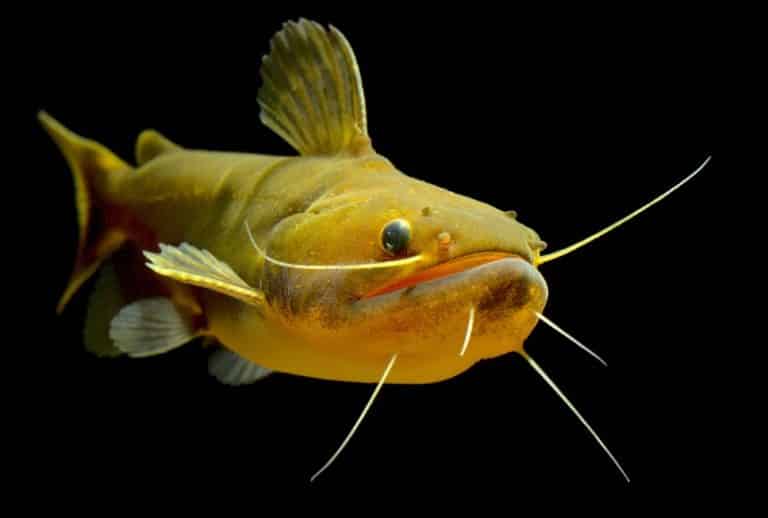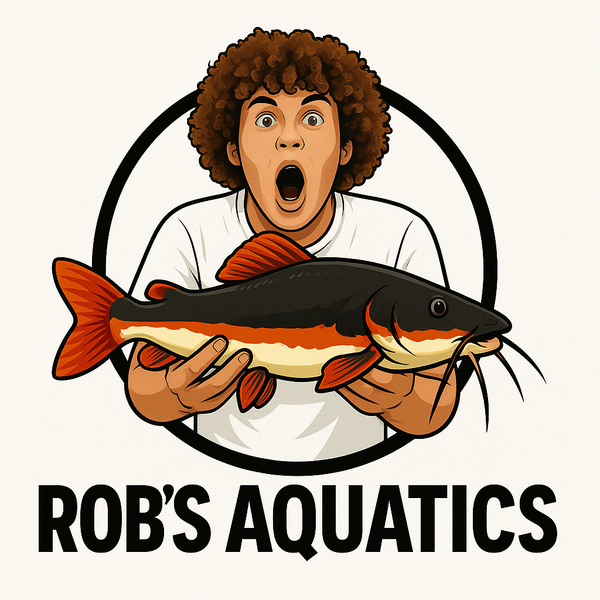My Store
GULPER (TONGOLINO) CATFISH
GULPER (TONGOLINO) CATFISH
Couldn't load pickup availability
🦈 Gulper Catfish (Asterophysus batrachus) – The Ultimate Ambush Predator
The Gulper Catfish, also known as the Tongolino, is one of the most bizarre and fascinating predatory catfish in the aquarium world. Hailing from the Orinoco River Basin in South America, this balloon-bodied ambush predator is infamous for its ability to swallow prey nearly its own size—whole.
With its oversized mouth, stocky body, and slow, stealthy swimming style, the Gulper Catfish makes an ideal oddball or predator tank centerpiece. It’s a true solitary hunter, best kept alone or with tankmates that are far too large to be eaten.
🐟 Species Profile:
-
Scientific Name: Asterophysus batrachus
-
Common Names: Gulper Catfish, Tongolino, Ogre Catfish
-
Adult Size: 10–12 inches
-
Temperament: Solitary ambush predator
-
Tank Size: 55–75 gallons minimum (larger preferred)
-
Water Parameters: 75–82°F | pH 6.5–7.5 | Soft, well-oxygenated water
-
Diet: Carnivore – live fish, frozen silversides, shrimp, meaty sinking pellets
🛠️ Tank Setup & Compatibility:
Gulper Catfish thrive in:
-
Low-light tanks with driftwood, caves, and hiding spaces
-
Fine substrate or bare-bottom setups
-
Quiet tanks without excessive flow
Compatible with:
-
Best kept alone or with large, equally tough tankmates
-
Not suitable for community tanks – will eat anything that fits in its mouth
-
Avoid bottom dwellers and fish under 2/3 its size
Behavior:
-
🍴 Incredibly aggressive eater – can eat prey its own size
-
💤 Mostly nocturnal – active during feeding or when lights are low
-
😳 Known to eat tankmates suddenly and unexpectedly
🛒 Why Buy from RobsAquatics.com?
Each Gulper Catfish is:
-
✅ Well-acclimated and feeding on frozen & prepared foods
-
✅ Quarantined and health-screened prior to shipping
-
✅ Shipped live with our Live Arrival Guarantee
-
✅ A perfect fit for predator tanks, oddball collectors, and advanced hobbyists
📦 Add the ultimate ambush specialist to your collection with the Gulper (Tongolino) Catfish – a bold, bizarre, and highly entertaining species. Now available only at RobsAquatics.com.
Share


